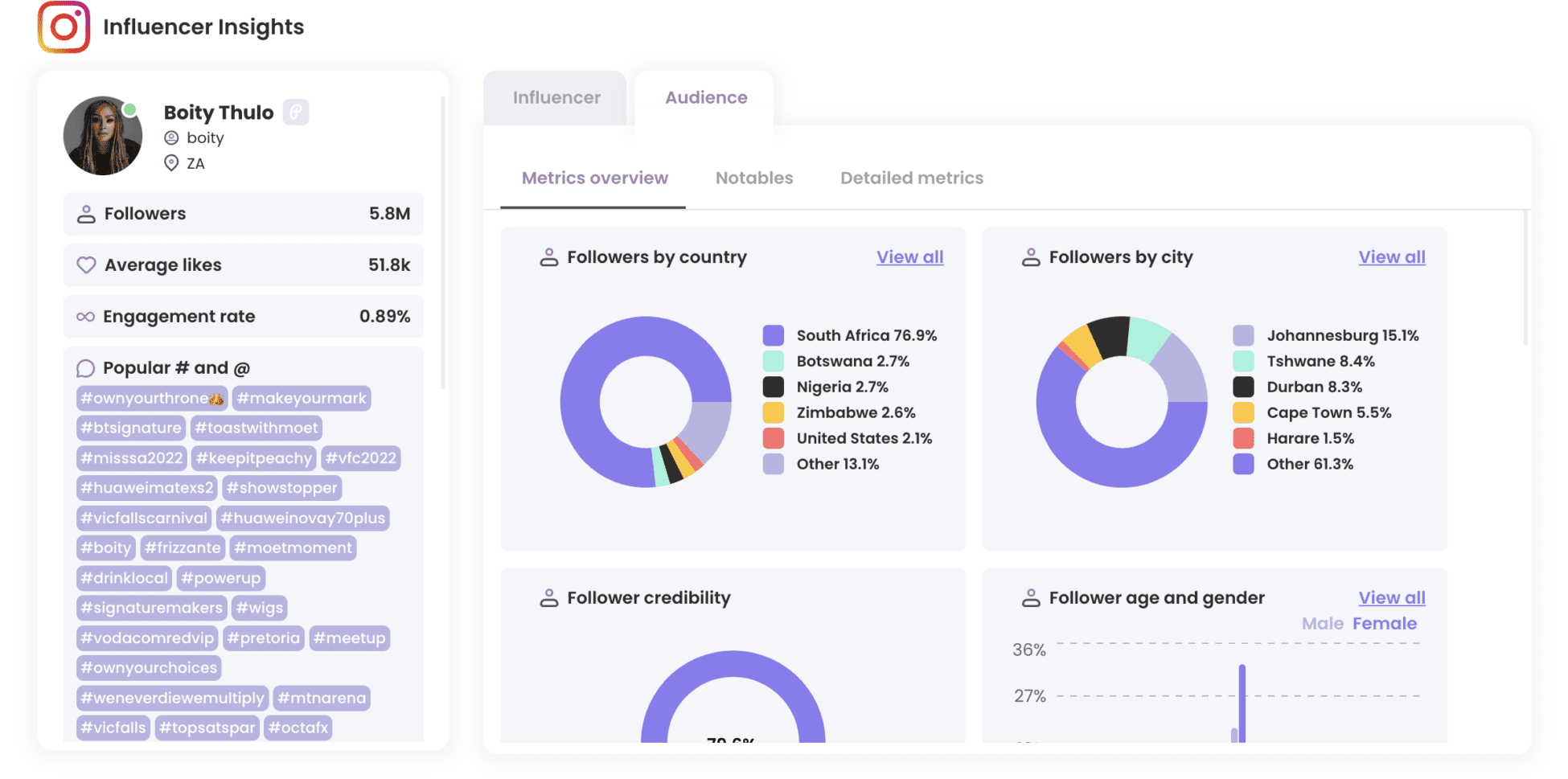How to Find Micro Influencers on Instagram? Micro influencer marketing is a trending marketing method with the advantage of low cost and high efficiency. However, how to find a micro influencer that fits your brand and budget? Let's find out with FindUid in the following article!
11 Ways to find micro influencers on instagram
Finding micro-influencers on Instagram can be a strategic process to ensure you connect with individuals who have an engaged and relevant audience. Here are 11 effective ways to find them:
- Hashtag Research: Search for relevant hashtags related to your industry or niche. Look for posts with high engagement from accounts with smaller follower counts.
- Explore Page: Explore the "Explore" page on Instagram and look for posts related to your industry. Instagram's algorithm often showcases content from a variety of accounts, including micro-influencers.
- Followers of Larger Influencers: Explore the followers of larger influencers in your niche. Micro-influencers often follow each other, and their followers can also be micro-influencers or individuals with high engagement rates.
- Instagram Search Bar: Use the Instagram search bar to look for keywords related to your niche or industry. This can help you discover accounts that are posting relevant content.
- Geotagging: Search for posts tagged with specific locations related to your target audience or industry events. This can help you find local micro-influencers who may not have a large following but are highly engaged with their community.
- Collaboration Platforms: Use influencer marketing platforms or social media management tools that have built-in databases of influencers. These platforms often allow you to filter influencers based on criteria such as follower count, engagement rate, and niche.
- Brand Mentions: Monitor mentions of your brand on Instagram. If micro-influencers are already talking about your brand or using your products, they may be open to collaboration.
- Industry Events and Conferences: Attend industry events and conferences, or follow event hashtags on Instagram. This can help you discover influencers who are active in your industry.
- User-Generated Content (UGC): Look for user-generated content related to your brand or industry. If users are already creating content about your products or services, they may be potential micro-influencers to collaborate with.
- Search Engine Queries: Use search engines to find lists or articles featuring micro-influencers in your niche. These lists are often curated by industry experts and can be a valuable resource for finding relevant influencers.
- Employee Advocacy: Encourage your employees to share their experiences with your brand on Instagram. They may have followers who are interested in your industry, and their authentic content can resonate with potential micro-influencers.
Some free instagram support tools you may find useful
How do you measure micro-influencer performance?
Measuring the performance of micro-influencers involves a combination of quantitative and qualitative metrics. Here are some common methods:
- Engagement Metrics: Monitor likes, comments, shares, and saves on their posts. Higher engagement rates usually indicate a more engaged audience.
- Reach: Evaluate the number of people who see the influencer's content. This can include both organic reach and potential reach through shares and reposts.
- Follower Growth: Track the growth of their follower count over time. Consistent growth suggests that the influencer is effectively reaching and retaining their audience.
- Click-through Rate (CTR): Measure how many people click on links or calls-to-action included in the influencer's content. This indicates the effectiveness of their content in driving action.
- Content Quality: Assess the quality of the content they produce. This includes factors like creativity, authenticity, and alignment with your brand's values.
- Audience Demographics: Analyze the demographics of the influencer's audience to ensure they align with your target market.
- Conversions: Track the number of conversions (e.g., sales, sign-ups) generated as a result of the influencer's content, if applicable.
- Sentiment Analysis: Use social listening tools to gauge audience sentiment towards the influencer and their sponsored content.
- ROI (Return on Investment): Calculate the return on investment by comparing the cost of the influencer campaign to the revenue or other benefits generated.
- Long-term Relationships: Consider the potential for building long-term relationships with micro-influencers who consistently perform well and align with your brand values.
By analyzing these metrics, you can gain insights into the effectiveness of micro-influencer campaigns and make data-driven decisions to optimize future collaborations.

You Might Also Like …
How to play emoji game on instagram?
How to find micro influencers on instagram? After reading the information provided above, we hope you have given yourself the right answer. If you find it useful, regularly follow FindUid's BLog section for many tips on using facebook, twitter, Instagram and tiktok. See you in the next article!